
A Visual Journey of How Bahmni is Used
After joining the Bahmni team, it was important to me to visit the hospitals that had taken on our product, first hand. My goal was to not only understand hospital operations and witness the challenges that staff dealt with on a everyday basis, but to also share this information with my team members, many of whom did not have the opportunity to speak to our clients themselves.
This post is based on my experience at Jan Swasthya Sahyog (JSS). JSS is a voluntary, non-profit, registered society of health professionals running a low-cost health program in the rural areas of Bilaspur, Chhattisgarh. For more than 14 years, they've been providing health care services through a community health program in a rural health center which includes a hospital. They operate village outreach centers in three other villages that are not easily accessible. Apart from providing medical care, they also actively work to influence policy makers to advocate for their rural patients. The hospital runs a nursing school, employs an army of community health workers, provides childcare for working mothers and jobs for members of the community.
While Bahmni has a sophisticated level of 'configurability' to various hospital flows, here's a visual tour from a patient's perspective on their journey from the time they come to JSS for treatment.
Moment 1
Patients travel great distances to be treated by the staff at JSS. They arrive everyday and at all hours of the day. However, the only days they can actually meet with a doctor are Mondays, Wednesdays, and Fridays, unless in the case of an emergency. As a patient, this is important to know, because if you come on any other day, you must find a place to stay. This usually means sleeping outside on the hospital ground.
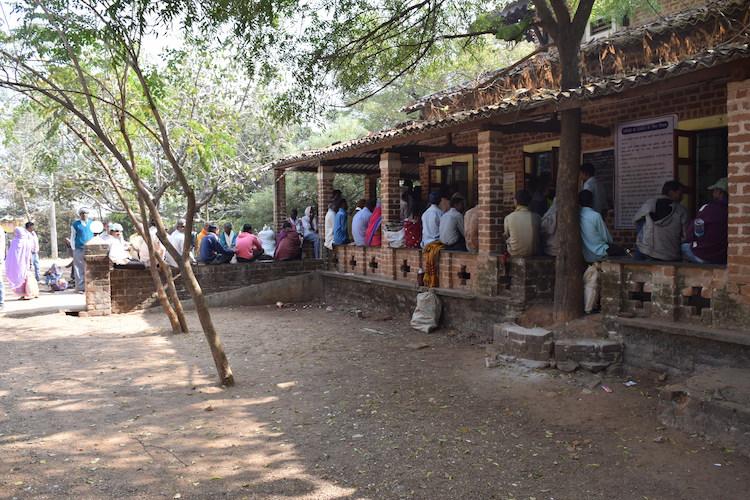
Moment 2
When a patient visits the hospital for the first time, their record has to be created in the hospital system by a registration clerk. For JSS, this means creating both a paper record and a digital record in Bahmni, for the patient. The clerk also creates a paper token that acts as an ID for the patient.This ID is taken home and brought back by the patient to retrieve their records on subsequent visits.
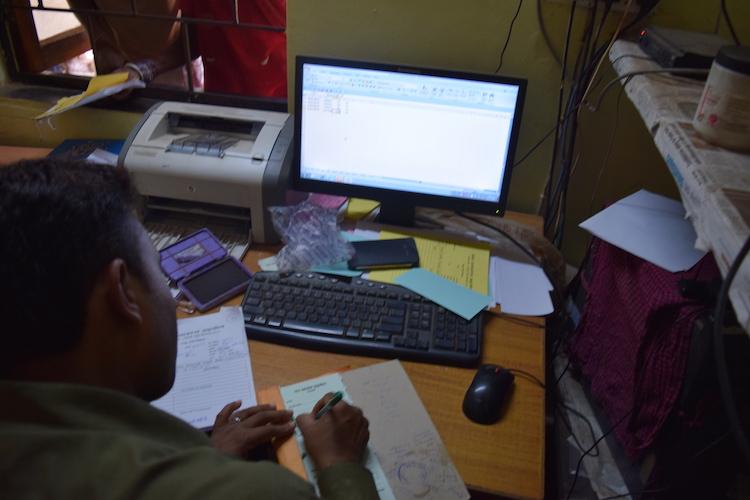
Moment 3
For the purpose of this story, let us visualize this journey using Sadia, a fictional patient, who has come to JSS for treatment. As a part of the process for creating a patient record, one clerk enters personal data, such as name, age, and gender. Another clerk measures Sadia’s height and weight. All this information is recorded on both the paper record and in Bahmni. She also has her photograph taken for her patient profile and ID.
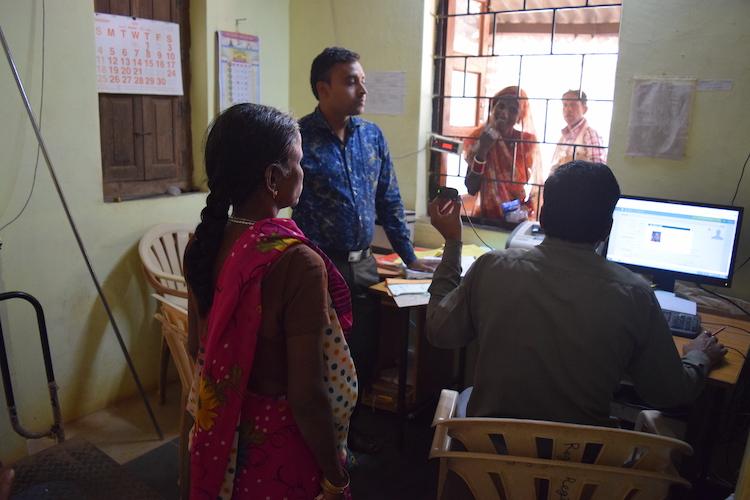
Moment 4
Sadia must then put her record into the patient queue, which is essentially a stack of records that is handled by the triage manager. Once her name is called, she is directed to the nursing station in the Outpatient Department.
Sadia carries her record to the nurses station, where she waits in another queue. When it is her turn, a nurse takes her vitals and records them into both Bahmni and into her paper patient record. Afterwards, she takes her place in line to see her assigned doctor with her paper record in hand.
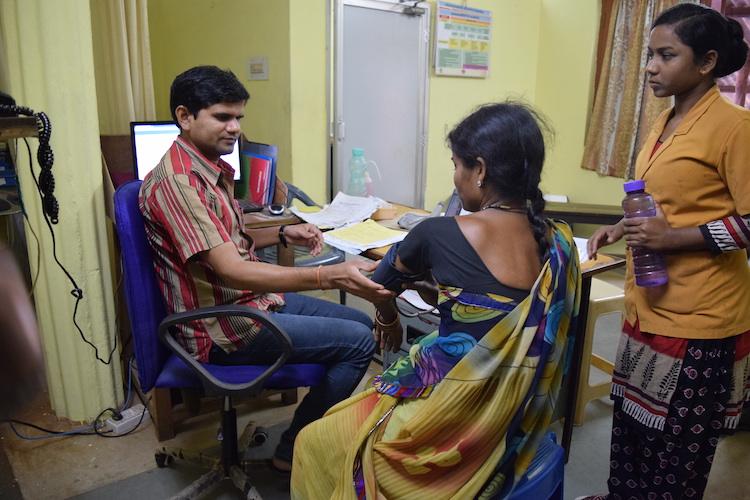
Moment 5
Sadia meets with an Outpatient clinician, Dr. Jyoti, who begins the consultation by looking at Sadia’s vitals on her paper clinical record. Dr. Jyoti then has a conversation with her to determine what is troubling her and performs an examination.
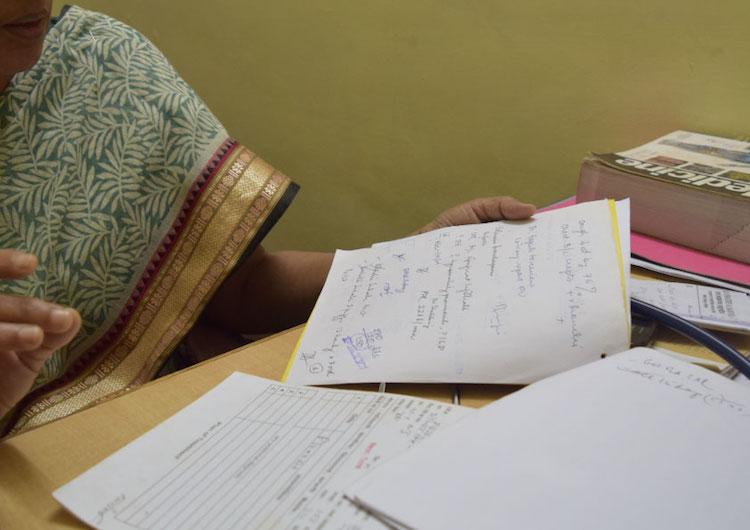
Moment 6
Like many women in the surrounding villages, Sadia cooks on an open fire which sometimes causes breathing difficulties. In order to make sure that this is the root of her ailment, Dr. Jyoti orders a lab test to be done. She asks Sadia to take her paper record to the lab and have the necessary tests done.
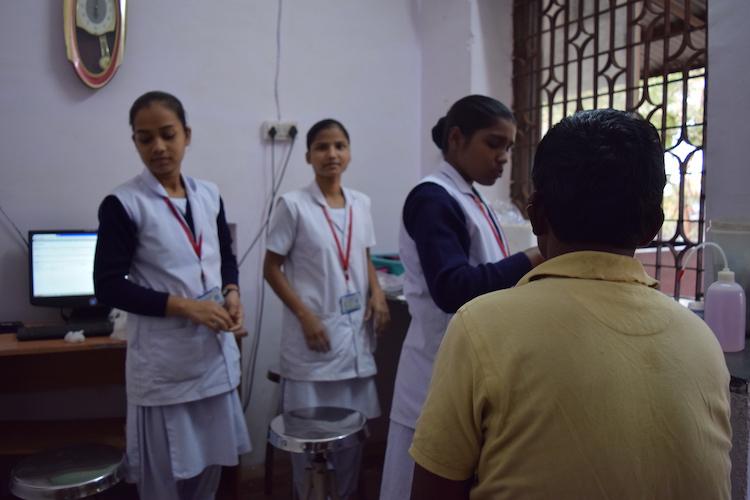
Moment 7
At the lab, Sadia waits once more for her name to be called. When they do, one of the three technicians in the department enters Sadia’s ID, selects which lab investigations have been requested on her physical record, and generates an 'Accession Number' - a combination of that day's date and the lab's serial number for the day. This number is written on adhesives, which are stuck onto the vials specific to the tests that she will undergo. Then Sadia’s blood is drawn and a urine sample taken.
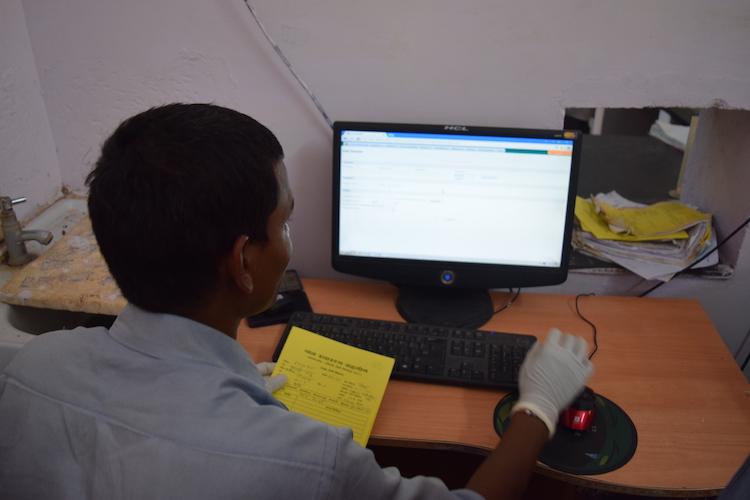
Moment 8
As the results get ready, her paper patient record now travels throughout the lab, until all tests are done on her samples and results reported. She could wait up to 3 - 5 hours for these tests to be completed and results reported.

Moment 9
Some of these test results are entered directly into Bahmni, which is integrated with OpenELIS, an open source laboratory information system. After all tests have been completed, both Sadia’s paper record and her results leave the Lab Manager’s room.
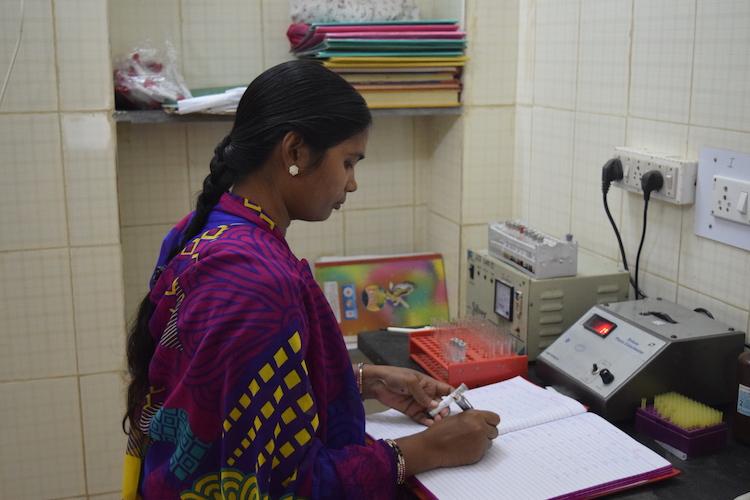
Moment 10
At a glance, the Lab Manager has a view of which tests are pending, completed, have been reviewed and have yet to be reviewed. He verifies the tests against each result and then “accepts” all tests he deems to be correct. If one or more test result appears to be inconsistent, he rejects them and requests for the test to be performed again.
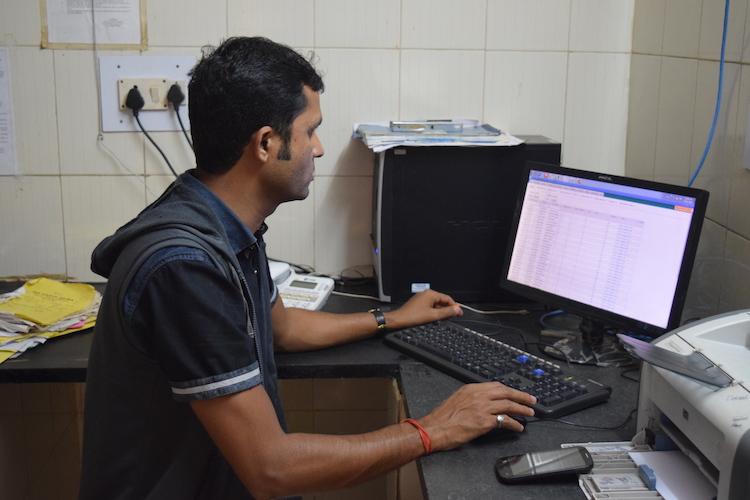
Moment 11
After the lab process is complete, the technician returns her physical record. She goes back to the Outpatient Department to queue up again and see her doctor for diagnosis and further instructions.
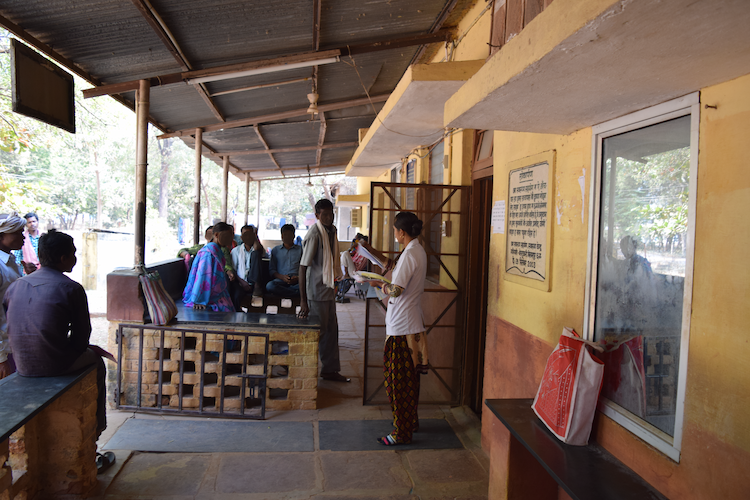
Moment 12
During their follow-up meeting, Dr. Jyoti searches for Sadia’s lab results in Bahmni. She does this by entering her patient ID and navigating to the results page. This view in the EMR enables Dr. Jyoti to also see trends; so if Sadia ever comes in again with the same symptoms, Dr.Jyoti can track them over time.
At this point, the doctor can either provide a diagnosis, request for additional tests, prescribe medicines, admit her for in-patient care, or ask a consulting doctor to see her.
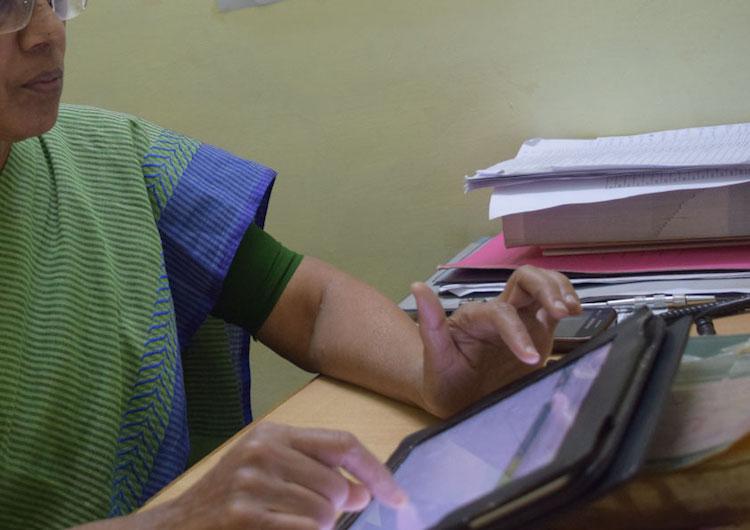
Moment 13
Sadia gives her paper clinical record to the billing clerk who enters the medication that the doctor prescribed in the treatment tab. The clerk then confirms the invoice on Bahmni via OpenERP, an open source billing, inventory and financial accounting system, also integrated into Bahmni.
The government expects all hospitals to charge their patients for the care the hospitals provide. If those prices were applied without distinction to economic status, most patients who come to JSS would not be able to access care. What makes JSS unique is that it offers discounts to the patients who cannot afford healthcare. To this end, the lab manager writes the cost of each test on the patient’s paper record so that the doctor can provide them with the discount as applicable.
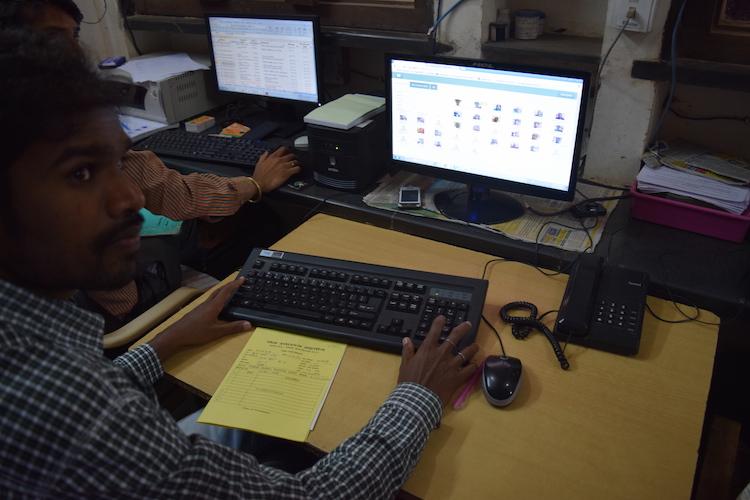
Moment 14
The cashier then calls her to the counter where she pays the amount due for her visit, the lab, medicine, radiology etc.
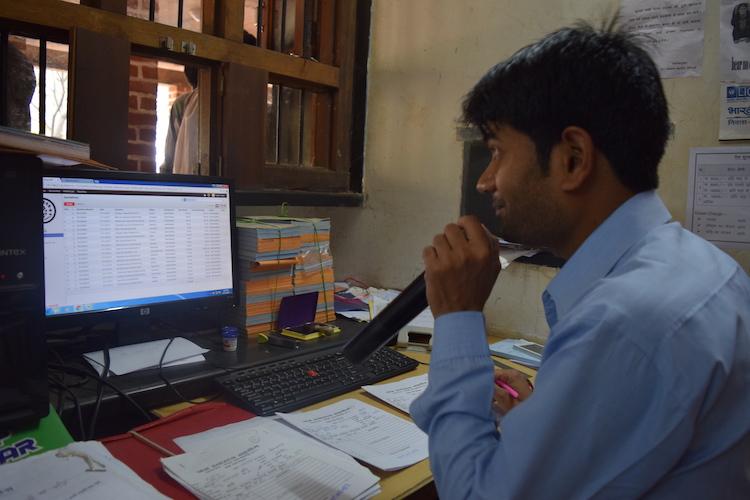
Moment 15
Her last stop is at the pharmacy where she picks up her medication and receives a drug consultation. This is where she drops off her patient file.
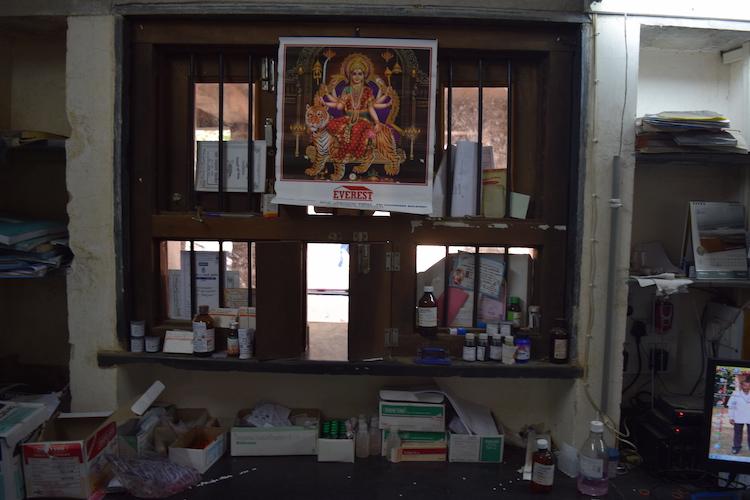
Sadia represents one of over 320 patients that visit JSS every day. Bahmni supports the staff that help Sadia and patients like her through the process of care and helps ensures that staff and doctors have the information they need.
One of the unique aspects of Bahmni is that it can be configured quite easily to any hospital’s workflow, making it not only convenient for clinicians and administrators to use, but also easier to implement at the hospital. Bahmni also provides specific views that clinicians and administrators can use to be more effective in their jobs. The Bahmni team works to make a difference in the lives of patients and their care providers. Read more about how Bahmni has been instrumental in helping JSS make healthcare accessible here.
Disclaimer: The statements and opinions expressed in this article are those of the author(s) and do not necessarily reflect the positions of Thoughtworks.

















